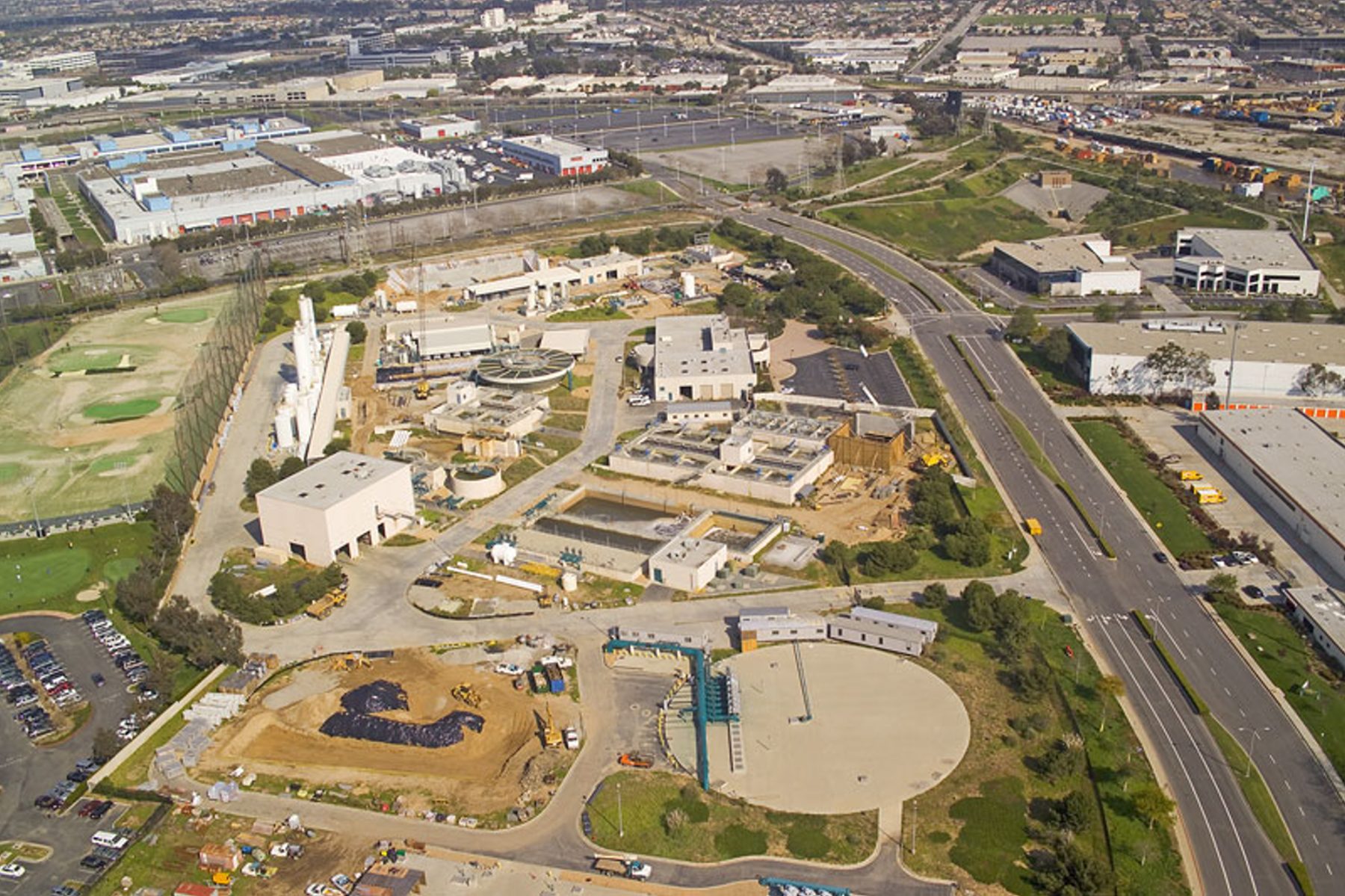- California implements advanced regulations for converting wastewater to drinking water.
- New rules help water systems recycle millions of gallons of wastewater daily.
- The regulations support climate resilience by providing a sustainable water source.
October 4, 2024 — California has officially implemented new regulations that allow water systems to convert treated wastewater into drinking water. These rules, which took effect on October 1, 2024, are part of the state’s effort to tackle water shortages and adapt to the increasing challenges posed by climate change.
The new regulations , unanimously approved by the State Water Resources Control Board in December 2023, set the most advanced standards in the nation for treating wastewater to meet or exceed drinking water quality. This process, known as “direct potable reuse” (DPR), enables water systems to recycle wastewater into high-quality drinking water, providing a reliable and climate-resilient water source for millions of Californians. It also reduces wastewater discharged into rivers and oceans while avoiding the need for more expensive and energy-intensive water supply alternatives.
, unanimously approved by the State Water Resources Control Board in December 2023, set the most advanced standards in the nation for treating wastewater to meet or exceed drinking water quality. This process, known as “direct potable reuse” (DPR), enables water systems to recycle wastewater into high-quality drinking water, providing a reliable and climate-resilient water source for millions of Californians. It also reduces wastewater discharged into rivers and oceans while avoiding the need for more expensive and energy-intensive water supply alternatives.
E. Joaquin Esquivel, chair of the State Water Board, stated , “The official launch of these regulations affirms California is a global leader in finding innovative solutions to build a more water-resilient future.”
, “The official launch of these regulations affirms California is a global leader in finding innovative solutions to build a more water-resilient future.”
The regulations build on over 60 years of indirect potable reuse technology, which involves treating wastewater and blending it with natural water sources like reservoirs or groundwater before further purification. California’s long history of research, including 34 projects funded over the past 13 years, has contributed to developing these DPR regulations. With these new rules, water agencies can invest in projects that will generate millions of gallons of safe, recycled drinking water daily.
While no formal DPR projects could begin before the regulations were adopted, several pilot programs, including those in Santa Clara, San Diego, and Los Angeles, have been instrumental in demonstrating the feasibility of these regulations. These projects comply with California’s Safe Drinking Water Act, ensuring that the recycled water is pure and safe to drink.
California’s innovative water management reflects its commitment to protecting the environment and public health for future generations.
Image credit:
Aerial view of West Basin Water Recycling Facility, Carson, California . US Environmental Protection Agency, public domain.
. US Environmental Protection Agency, public domain.


Leave a Reply